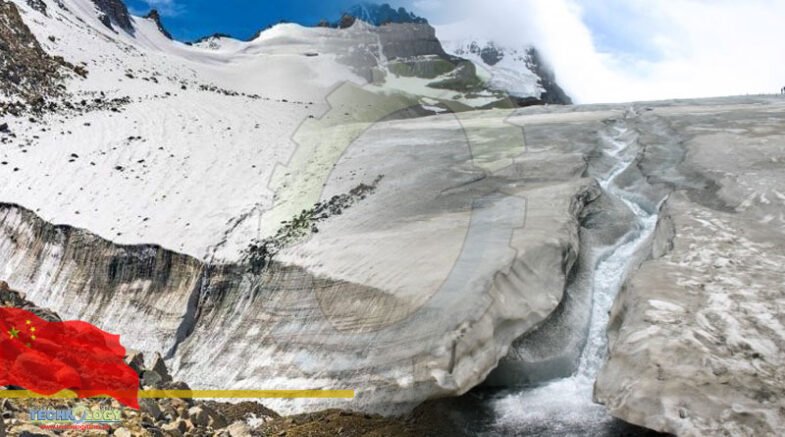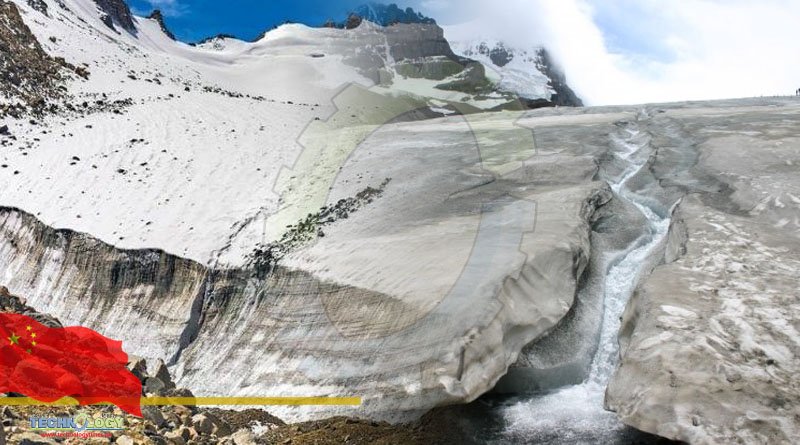Tibetan glaciers face multiple threats from South Asia air pollution, that is a vital water resource for 2 billion people, researchers find in a study led by China.

The Tibetan Plateau is a critical water resource for almost 2 billion people in Asia, but the land mass, known as the “Asian water tower”, is under a growing climate threat because of the South Asia air pollution.
Scientists say the main culprit – an air pollutant known as black carbon – could result in unprecedented melting of the plateau’s glaciers.
A study led by researchers from the Chinese Academy of Sciences’ Northwest Institute of Eco-Environment and Resources has found that increasing concentrations of black carbon in South Asia have reduced levels of summer precipitation over the Southern Tibetan Plateau, which in turn has accelerated the shrinking of that region’s glaciers.
The findings have prompted the scientists to call for cuts in black carbon emissions in South Asia to preserve a crucial water balance on the plateau and avoid future water shortages and geological hazards.
Black carbon – a type of soot – is a component of fine particulate matter (PM2.5). It results from the incomplete combustion of fossil fuels and biomass.
Black carbon emissions contribute to global warming by absorbing solar energy and then heating the surroundings. When deposited on ice or snow, black carbon reduces surface albedo, or the ability to reflect sunlight, which then heats the surface and quickens glacial melting. Ice-covered regions like the Arctic, Antarctic and the Himalayas are all vulnerable to black carbon emissions.
But in the case of the Tibetan Plateau, the world’s third-largest store of ice, such emissions do not have to travel far. South Asian countries are some of the world’s worst air polluters. Black carbon emissions from the Indian subcontinent are carried aloft to the Tibetan Plateau and worsen glacial melting, in what the researchers call a “direct effect”.
In their study, which was published in the peer-reviewed journal Nature Communications on November 30, the researchers also discovered that black carbon originating from here due to South Asia air pollution had affected the glaciers by reducing the amount of precipitation in the Southern Tibetan Plateau.
In their analysis of precipitation data from 1961 to 2016, the researchers found that summer precipitation over the Southern Tibetan Plateau began to decline in 2004 by an average of 4.4mm a year.
Summer precipitation accounts for more than 60 per cent of the total annual precipitation over the plateau, so declines in the seasonal rains resulted in glacial shrinkage, according to the study. And since the beginning of this century, the problem has accelerated.
Kang Shichang, one of the study’s corresponding authors and a researcher with the Chinese Academy of Sciences, said black carbon produced in South Asia had intensified atmospheric convection and cloud condensation. This had resulted in more precipitation over South Asia but less water vapour over the Tibetan Plateau, Kang said.
The researchers also found that the decrease in precipitation caused by South Asian black carbon accounted for 11 per cent average loss of glacier mass over the Southern Tibetan Plateau from 2007 to 2016, and as much as 22 per cent in the Himalayas.
“Black carbon emissions are expected to increase in South Asia,” Kang said. “It is imperative to reduce emissions in South Asia to protect the Asian water tower.”
Robert Gillies, another of the study’s corresponding authors and a professor at Utah State University, said eliminating the source of pollution in South Asia was “easier said than done”.
“If the source of the pollution was a large entity that had monetary resources to extract the black carbon by filtering it out at the source, such as at the chimney, that would be a solution,” he said.
But he noted this was not the case in South Asia, where there were many sources of black carbon.
“For instance, there are thousands of independent kilns along the northern Indian border. My opinion is that it often takes a human tipping point to do something.”
Originally published by SCMP
